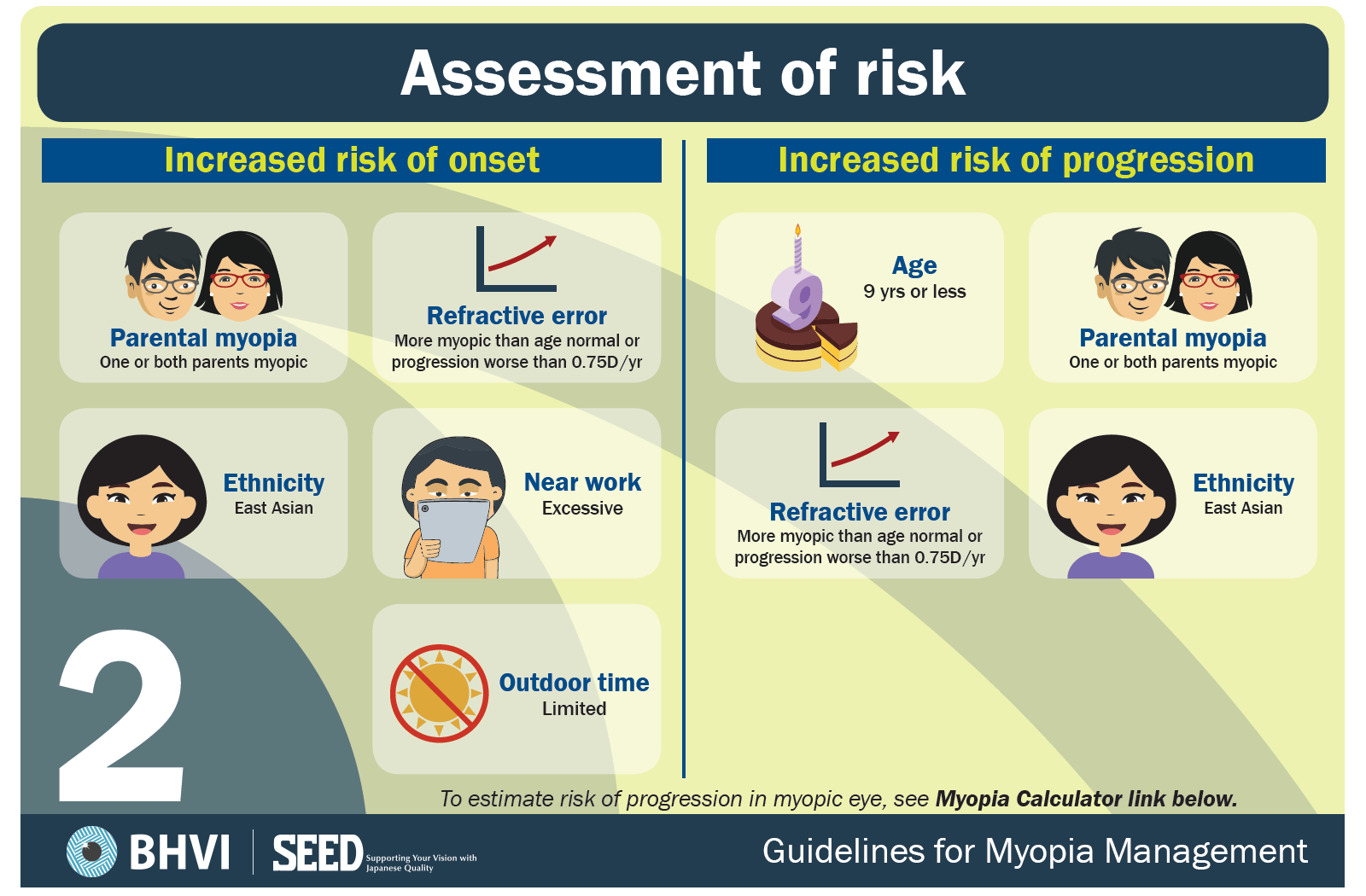
What is Myopia?
Myopia, also referred to as nearsightedness, is a refractive defect or a condition of the eyes that hinders the ability to see distant objects or images. Myopia happens when light enters the eye, but instead of immediately hitting the retina, it targets the front of the retina. This specific shape alters how light refracts when the eye’s length is longer than usual. According to studies, myopia in children is more prevalent.
Children who spend more time engaging in near-focused activities like video games and watching television are highly prone to myopia. The management of childhood myopia is being studied by doctors as a potential treatment. Myopia management of Mumbai or treatment aims to prevent it from getting worse. Despite the fact that they will still need to wear spectacles or contact lenses, this can safeguard a kid’s eye health in the long run.
Symptoms of Myopia
Some of the common symptoms include:
- Blurred vision when viewing far-off items
- Inability to see well without squinting or partially closing one’s eyes
- Eyestrain
- Frequent Headaches
Can Myopia be cured?
Myopia cannot be cured. However, various medical procedures and management techniques can aid in regaining distance vision. Whether the patient is an adult or a youngster, you can notice a significant impact on the effectiveness of these treatment options. Certain methods help to manage Myopia’s symptoms and how it develops, but starting as early as possible is crucial because there is no way to prevent or reverse the condition.
Myopia management
Younger children—especially those under the age of 10 are affected by Myopia the quickest. As a result, it is crucial to manage the condition early-on. The process of Myopia management in Mumbai tries to use specialized treatments to reduce the rate at which excess eye development occurs. All youngsters under the age of 12 should start myopia management, and this should continue throughout late adolescence.
Even though it is regarded as a progressive disorder, the eye’s growth stage is through by the time a person reaches early adulthood. This indicates that the eye’s natural shape has already developed and shouldn’t get longer or more curved with age. Therefore, when a person reaches early adulthood, their degree of myopia should remain steady, and changes to their distant vision should not advance.
Steps for Myopia Management and control its progression
It is important to stop any concurrent rise in myopia and lower the chance of developing sight-threatening disorders like glaucoma or myopic maculopathy. An ideal myopia control method would limit additional axial growth. Certain types of contact lenses, spectacles and eye drops known as atropine have been considered to control myopia progression in children.
Spectacles for Myopia
Standard single-focus spectacles do not prevent childhood myopia from getting worse, but particular designs do. Myopia-controlling eyewear can treat myopia’s impaired vision and help halt its progression. The only drawback related to the spectacles is that it is uncomfortable while playing sports, although they are safe to use and adaptation is usually simple.
Some commonly prescribed lenses for myopia management:
- Single vision: These only address the issue with distance vision.
- Bifocal lenses: These have a visible line in the centre. The top half of the lens corrects for distance vision, while the bottom half corrects for reading vision.
- Progressive addition lenses (PALs): These are similar to bifocals but do not include a line. These are worn by many people over the age of 45, and children can also do so.
Atropine eye drops
Atropine is commonly used as a general medicine or eye drop. Children’s myopia progression may be slowed with atropine eye drops, but as they do not correct vision, children still need to wear glasses or contact lenses. Higher concentrations of atropine reduce or stop myopia progression more effectively than lower ones do.




Conclusion:
If you are looking for myopia management in Mumbai, Clear Vision Clinic is your place. With a team of qualified doctors specialized in several eye diseases, including myopia, this eye clinic in Mumbai is trusted and recommended by several individuals. Clear Vision Clinic has the best ophthalmologists in Mumbai who can guide you to the right path to myopia management.
